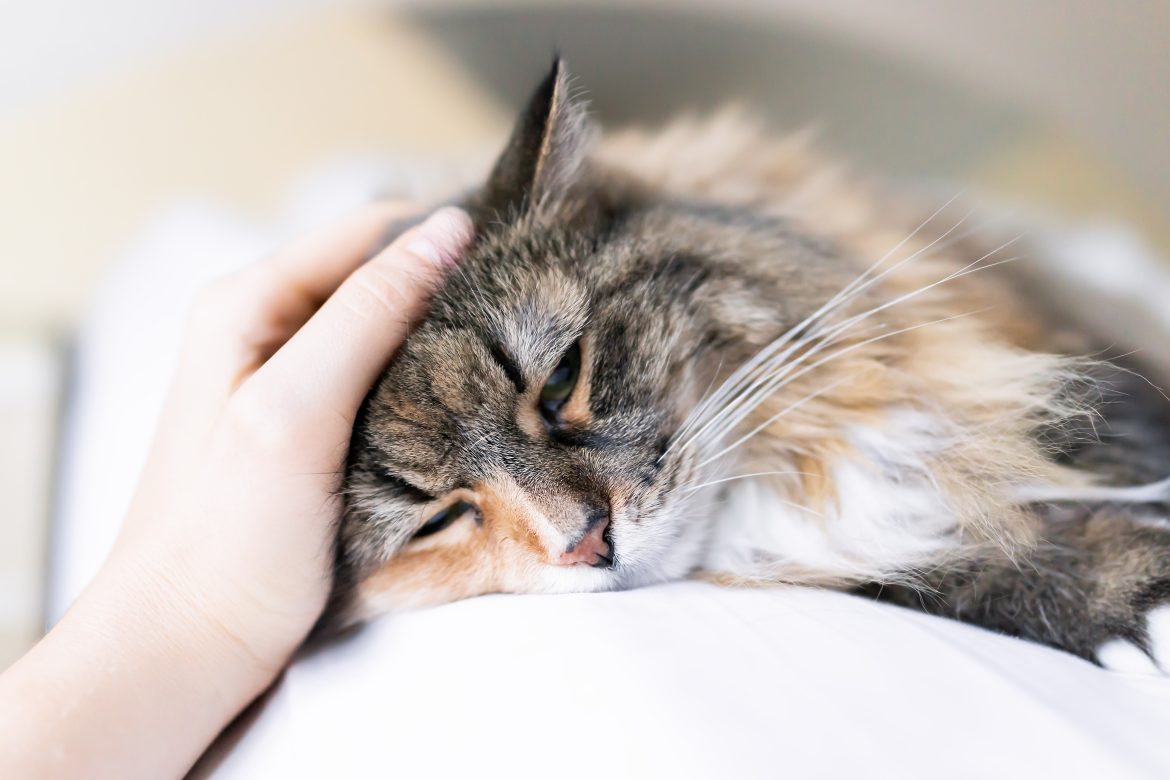Like the common cold but for cats – here’s the facts
If you have ever had a nasty bout of the flu or common cold, then you can sympathise with your poor little Whiskers if he gets sick with cat flu. Having a pet who is sick can be a scary thing to go through.
Having pet insurance can help bring some peace of mind, and so can knowing more about the condition.
A quick overview of cat flu:
The facts:
Cat flu is similar to the flu in humans and is also an upper respiratory infection. There are a number of different types of viruses and bacteria that cause it. The viruses that are responsible for about 80% of cases are the feline herpesvirus and the calicivirus.
The symptoms:
Similar to those of a human cold or flu and include:
- Fever
- Appetite loss
- Dehydration
- Eye and mouth ulcers
- Lack of energy
Transmission:
Direct contact with eye, mouth and nasal secretions, indirect contact such as bedding and toys, shedding, and food bowls.
Diagnosis:
Your vet may assess the symptoms alone and make a diagnosis or take discharge samples and determine the exact cause of the illness.
Treatment:
Home and supportive care such as rehydration through fluids, rest, nutritional support and medical care such as antibiotics or antiviral medications.
Discover: 3 Essential Things Every First Time Cat Owner Needs
The nitty gritty of your sick kitty
Cat flu is an infection that is mostly seen in younger kittens, senior cats, and in cats found in crowded environments such as cat shelters, which increases the rate of transmission.
Cats who have a weakened immune system also have a greater risk of infection. Should healthy adult cats get cat flu, then they tend to recover quite quickly, but the other patients such as kittens and older cats may become very sick.
What are the causes of cat flu?
Cat flu can be caused by several pathogens (disease-causing organisms – i.e. the baddies infecting your cat) which include viruses, bacteria, and mycoplasma. The most common of these bad guys include:
- Feline calicivirus (FCV)
- Feline herpesvirus (FHV-1) – the most severe cause
- Bordetella bronchiseptica – bacteria responsible for kennel cough in dogs
- Feline Chlamydophila (Chlamydophila Felis)
- Mycoplasma
- Cats can also suffer from co-infections, as well as secondary bacterial infections.
The symptoms of your snotty furball
Whether your cat is sniffling or sneezing, the symptoms of cat flu tend to be pretty easy to identify if you know what to look out for. Here are some common signs to watch out for:
- Sneezing – the main way that cat flu is spread as just a few droplets from a cat who is infected can carry the disease over a couple of metres in distance
- Runny nose
- Watery eyes
- Issues with breathing – breathing may also be very loud
- Changes in behaviour – your cat may seem tired, grumpy
- Loss of appetite
- Fever
- Ulcers around the eyes in more severe cases
The severity of symptoms will range between the purring patients.
The strain of the virus causing the illness will affect these symptoms. Regardless of the severity, when you spot symptoms, then take your beloved Whiskers to your local vet for a check-up before the infection progresses.
What are the complications of cat flu?
If your cat’s lungs become inflamed from the infection, this can lead to secondary bacterial infections such as pneumonia. The symptoms of pneumonia include:
- Difficulty breathing
- Rapid and fast breathing
- Blue-ish tinge to the tongue and gums
- Rattling sounds when breathing
How is cat flu diagnosed?
When you take little Whiskers to the vet, then your vet will perform a physical exam on him and his symptoms. He or she may also take a throat or eye swab to send to a lab to find out the exact pathogen causing the illness. Your vet may also perform an X-ray to examine the lungs for pneumonia.
Related: Pet Insurance for Cats: How Much Does It Cost?
How is cat flu treated?
The treatment of cat flu will depend on the cause of the infection. Viral infections cannot be treated with antibiotics, making supportive care a necessity in these cases. Care such as this includes keeping the nose and eyes clear of discharge using cotton wool pads dipped in warm water, encouraging eating and drinking and keeping your cat comfortable.
Steam can help your cat to breathe better, so, if your little Whiskers will allow it, keep him in this bathroom with you while you have a hot bath.
What is the recovery and prognosis of cat flu?
Your little loved one is likely to recover within a week to ten days. But generally, the prognosis for the condition is a good one. Kittens may develop more severe symptoms and can take longer to recover.
In terms of long-term impact, the risk factors here are low in cats who have cat flu. The most commonly seen issue in cats who were sick is that your cat could become a carrier to the virus, although, there is no way to tell or protect him or her against this – this means that your cat may potentially infect other animals.
Once your cat has contracted feline herpesvirus – he or she will have it for life. A small amount of the virus will lie dormant in the nerves. Stressful situations could reactivate the virus and it could spread to surrounding cats.
How can I prevent my cat from getting cat flu?
You can vaccinate your cat against cat flu.
Can I catch cat flu from my cat?
It is not possible for you to get cat flu from your cat or for him to catch it from you.
Can dogs get cat flu?
It is possible for dogs infected with Bordetella to pass this pathogen onto cats and vice versa.
We sincerely hope that your little Whiskers doesn’t get cat flu, but it is always best to ensure you are covered for the unexpected with pet insurance from Oneplan.
Yours in Not-So-Average Pet Advice,
The Petinsurance.co.za Team



